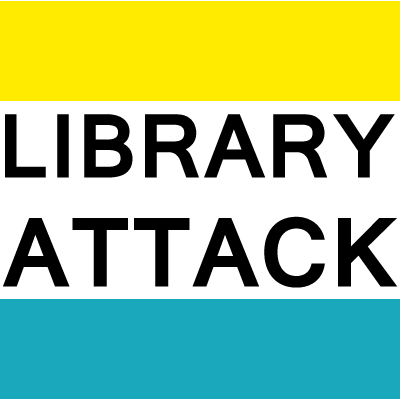Let’s talk about headaches (and not the Big Black “Headache” EP.) I get a lot of headaches. Always have done. Not enough coffee. Too much coffee. My glasses. The sun. Whatever. All too frequently confusion about access to publicly funded research and information is a source of these headaches. I’ve covered this ground before, but it seems worth revisiting.
Yesterday I got into a conversation on Twitter about access to standards and guidebooks.
Another way that engineers/planners keep public from being involved: standards are locked up in books that public must pay $$$ to read.
— Steven Vance (@stevevance) July 22, 2013
It’s complicated and it’s a reflection of how broken the system is. While access to research gets a lot more press because it’s more organized and the actors are more easily defined, access to standards and guidebooks is also a huge issue.
For those of you who aren’t familiar with the players in this case, let me try to explain. In transportation, a lot of research is coordinated by the Transportation Research Board (TRB). They are part of the National Academies and hence non-profit. The bulk of their funding comes from their “sponsors” who are for the most part public agencies (state DOTs). Most of their publications are free available, but save for some that require more peer review and editing, such as the Transportation Research Record journal, and the Highway Capacity Manual. In the case of the HCM, which comes from a publicly funded research project, the price is cost recovery. It’s similar to NTIS charging for reports – money is tight and they cannot fund it all. It’s a shame, but it’s a reality.
The story of the Association of American State Highway and Transportation Officials (AASHTO) is similar. Their members are state DOTs for whom they advocate (or lobby). They also coordinate a lot of research and produce guidebooks and standards, which the public has to purchase to use. It’s a tricky situation because again, their funding models are developed with the revenue from publications sales as a factor. When they say they can’t afford not to charge, I believe them.
So you see why I get a headache, right? Well it’s messier when you get into actually using the HCM or the AASHTO Green Book. These books are referred to by state and local agencies for planning and design purposes. While the agencies might get a few copies for free, the rest of us – universities, contractors, interested citizens – need to buy them. But what if people can’t afford them? As more citizens are involved in the planning and design process (e.g. Seattle’s guerrilla bike lanes), it’d be great if they could easily refer to these guidebooks. But they’re not online (unless you pay) and they’re not readily available most places (unless you pay).
What’s to be done? (Since whining about it won’t really change anything.) I think stakeholders need to push back. Publication, dissemination, and technology transfer needs to be considered part of the cost research. This is just another symptom of a broken system (like peer review). How much does it cost to these guidebooks freely available online? Figure it out and work that into the budget going forward. Because while I am sympathetic to the funding issues, the continued barrier to access really seems undemocratic to me. That’s a whole different headache.
Until things change though, my library will continue to buy these resources and the public can continue to come in during our limited hours and refer to them. It’s not great, but it’s something.


Leave a Reply